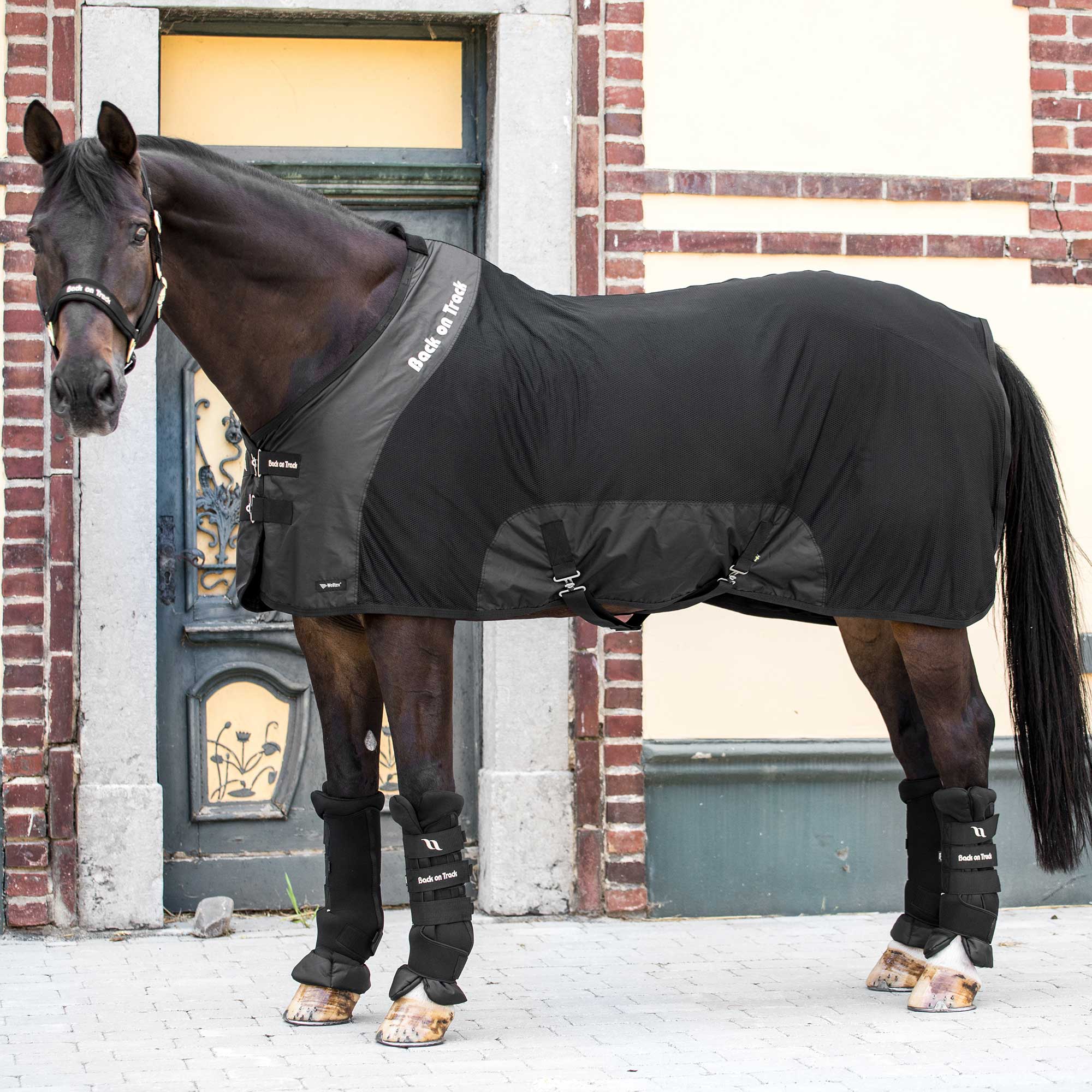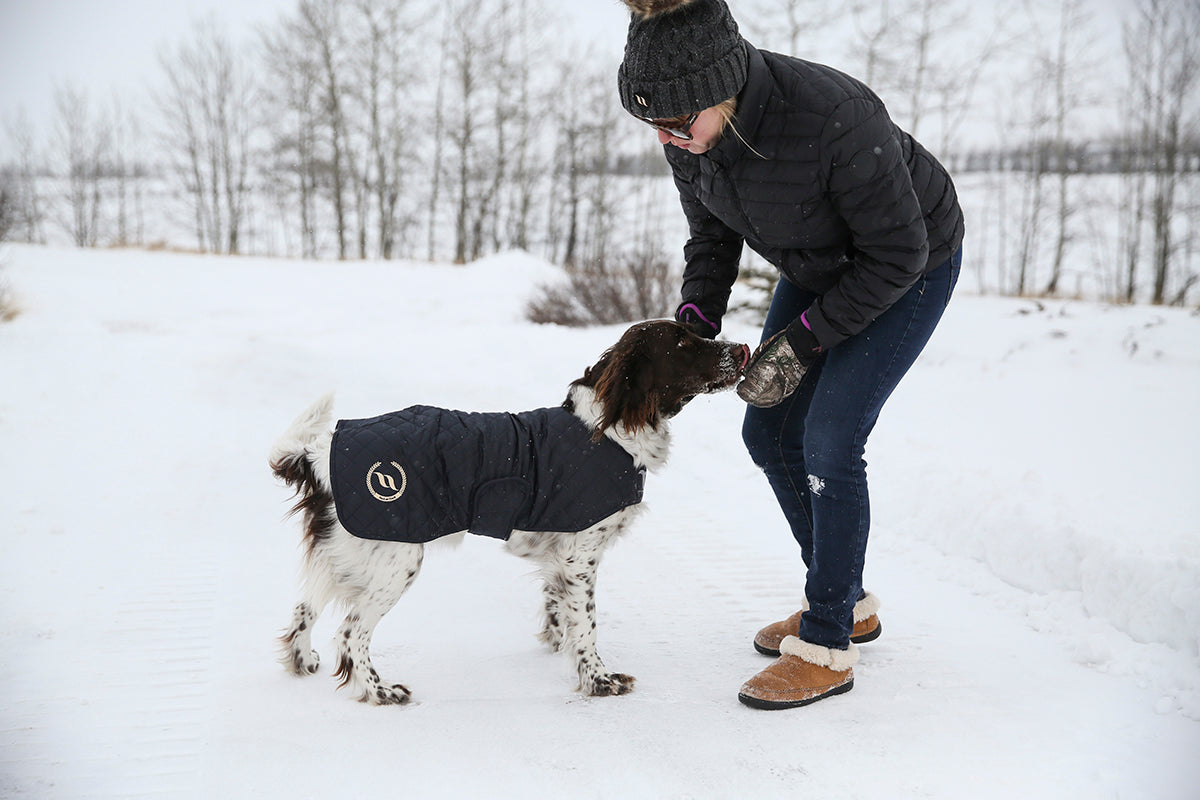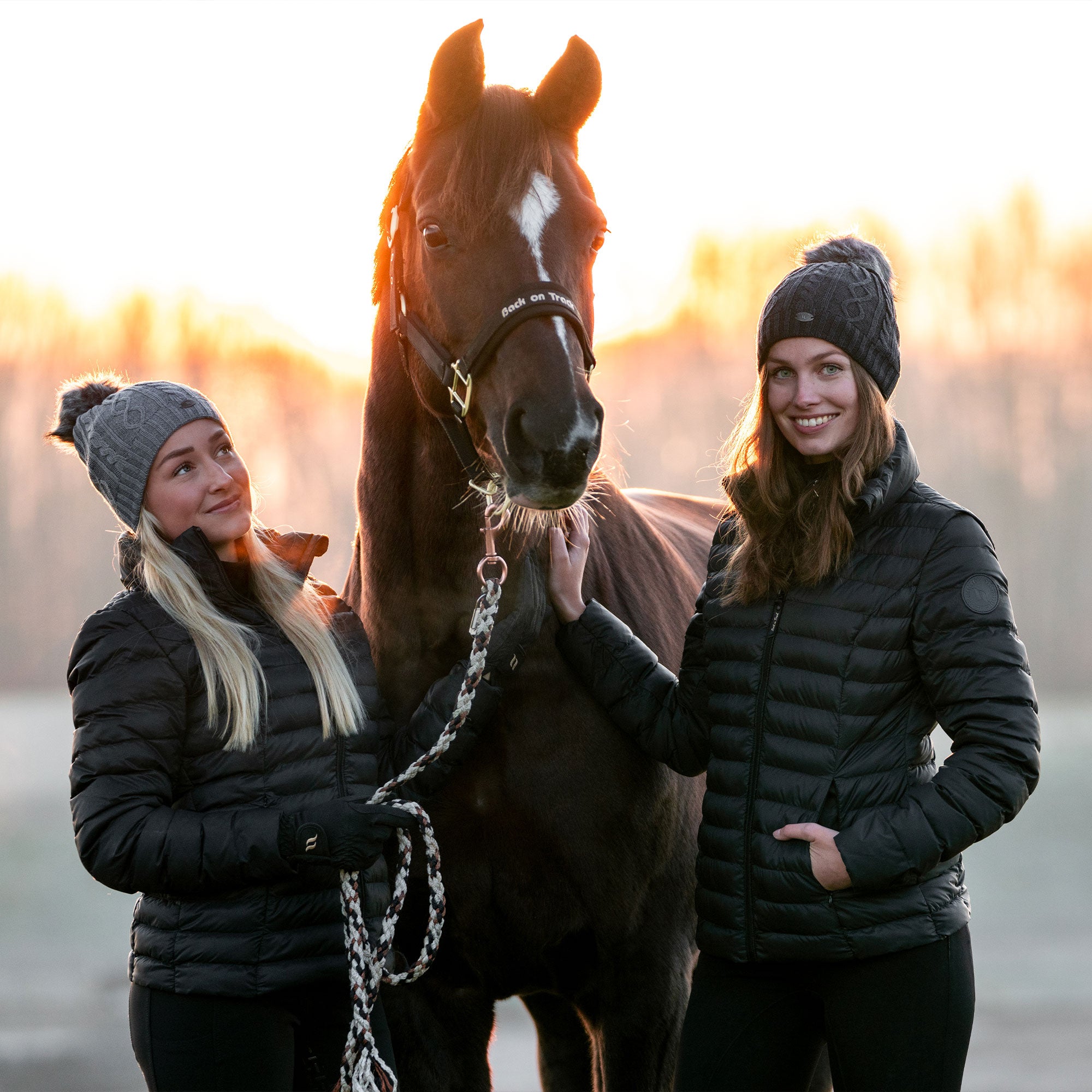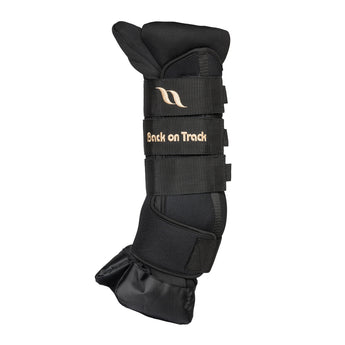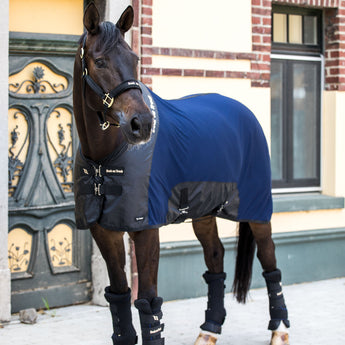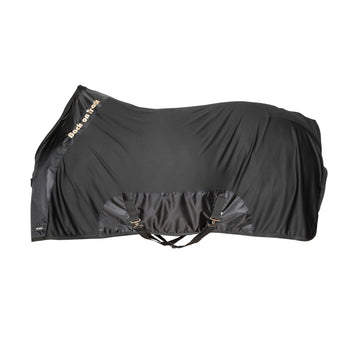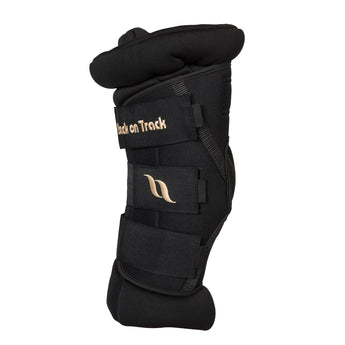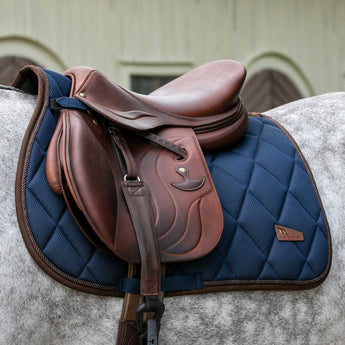Choosing Your Dog
Choosing the right dog for you is essential, and you’ll want to do research to determine which type is right for your family. Having a compatible dog is very, very important to a successful home integration, and what constitutes compatibility will be different depending on where you live, whether you have kids, are married, enjoy physical activity, etc. You may have taken into account the dog’s history (if he or she is old enough to have one), but certain animals have unknown pasts that may affect their behavior. Some people are more than happy to take on a challenging pet, like an animal with a history of abuse, but that requires extra work in rehabilitation and psychological training on top of other more conventional aspects of dog-rearing. Also consider the age of your dog and his or her medical history (vaccinations, neutering/spaying), as this will affect the cost, both personal and financial, of adopting.Home Introductions
Bringing home a shelter dog is certainly a cause for joy! Of course, it’s crucial that you’re prepared for it, too. Before you bring your new pup home, take the following things into consideration:- Where will your dog be spending most of its time? You’ll want to dog-proof that area. This means removing wires from the floors, putting any chemicals away or securing them on high shelves, installing baby gates, and removing rugs and anything you don’t want to get chewed up.
- Gather supplies. This includes a leash, collar, ID tag, crate, bed, bowls, food, toys, grooming supplies, waste bags, cleaning supplies, etc.
- Create a dog care regimen and stick to it. What time and how many times a day will you feed them? Do they need medication? When will they be walked? Who will do the walking? A responsible dog owner is a prepared dog owner!
- Are there children? A new dog might need more time to get acclimated to being around kids. Ensure that your children are aware of the new rules you’ve set up regarding the dog.
- The dog should be secured in a crate on the drive home. Having an extra person there to calm him or her down will help prevent any unnecessary panic.

